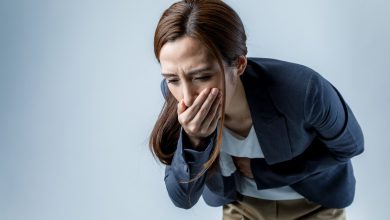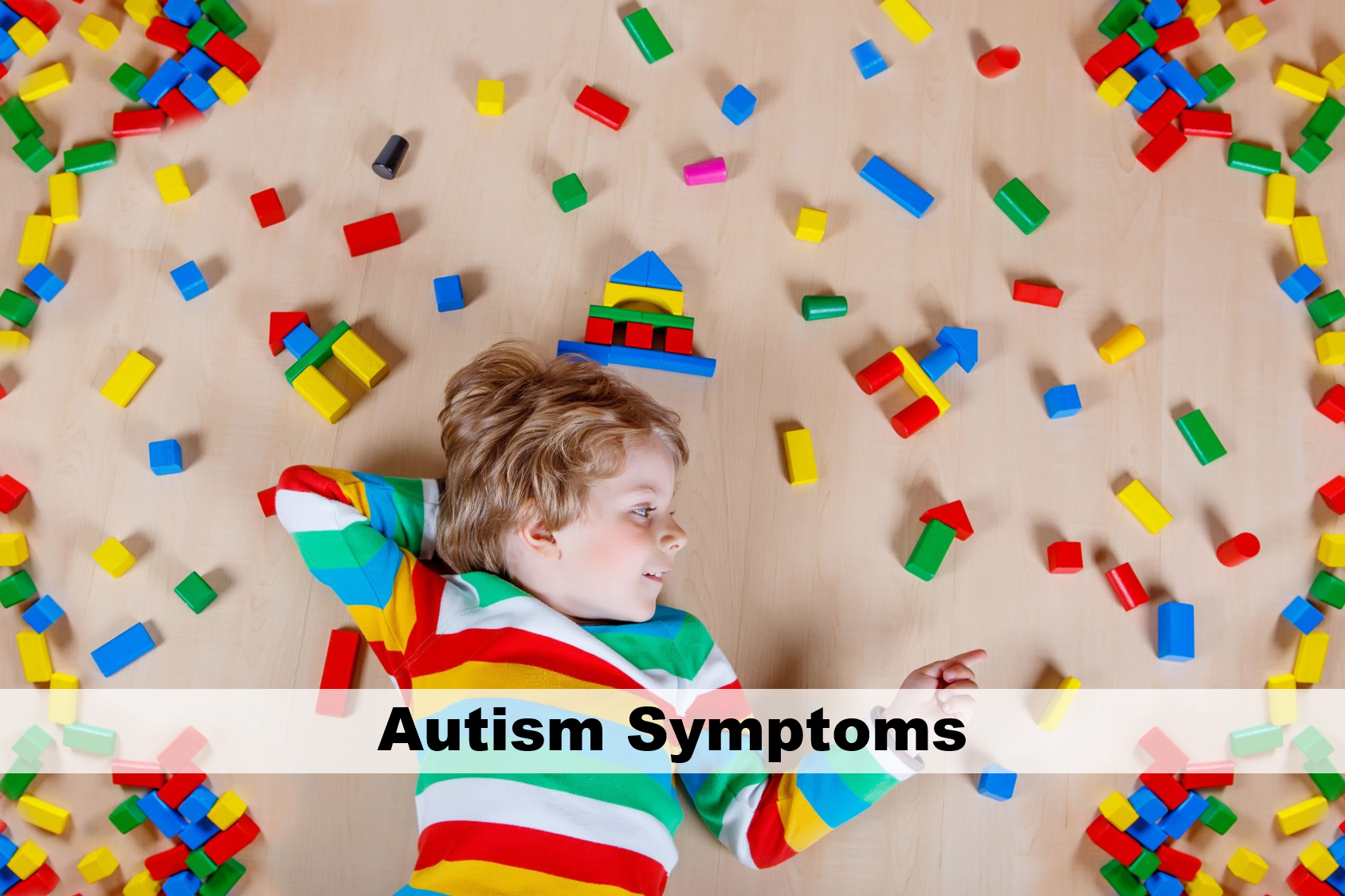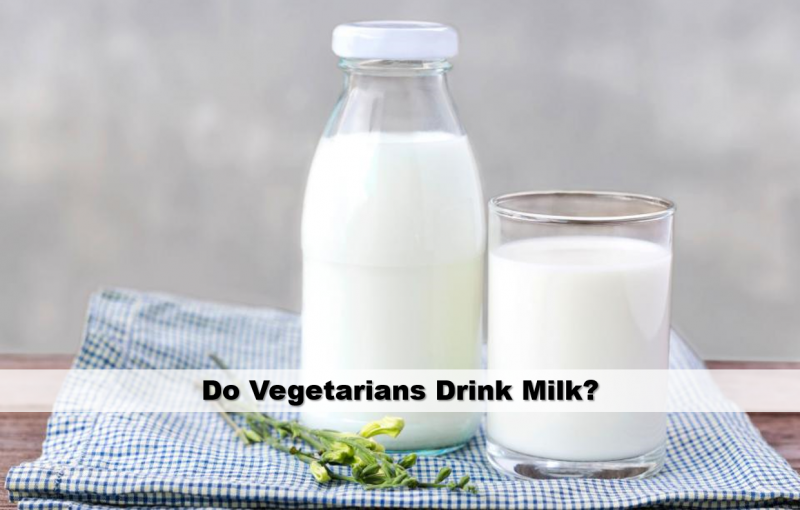What is COVID-19 (New Coronavirus Disease)?

What is COVID-19 (New Coronavirus Disease)?
The New Coronavirus Disease (COVID-19) is a virus that was first identified on January 13, 2020 as a result of research conducted in a group of patients who developed respiratory symptoms (fever, cough, shortness of breath) in Wuhan Province in late December.
The outbreak was initially detected in those in the seafood and animal market in this region. Later, it spread from person to person and spread to other cities in Hubei province, especially Wuhan, and other provinces of the People’s Republic of China and other world countries.
Coronaviruses are a large family of viruses that can cause disease in animals or humans. In humans, several coronaviruses are known to cause respiratory infections, ranging from the common cold to more severe illnesses such as Middle East Respiratory Syndrome (MERS) and Severe Acute Respiratory Syndrome (SARS). The New Coronavirus Disease is caused by the SAR-CoV-2 virus.
What are the Symptoms?
Although asymptomatic cases have been reported, their rate is unknown. The most common symptoms are fever, cough and shortness of breath. In severe cases, pneumonia, severe respiratory failure, kidney failure and death may develop.
How Is It Transmitted?
It is transmitted by the inhalation of droplets scattered by the sick individuals when they cough and sneeze. The virus can also be taken by taking the hands of the patients to the face, eyes, nose or mouth without washing their hands after touching surfaces contaminated with respiratory particles. It is risky to touch the eyes, nose or mouth with dirty hands.
Who is at More Risk?
The knowledge gained so far regarding COVID-19 infection has shown that some people are more at risk of getting sick and developing severe symptoms.
- 80 percent of the cases have mild disease.
- 20% of cases are treated in hospital conditions.
- The disease generally affects people aged 60 and over more.

Most Affected People:
- Those over the age of 60
- People with serious chronic medical conditions:
- Heart disease
- Hypertension
- Diabetes
- Chronic Respiratory Disease
- Like cancer
- Health workers
Are Children At Risk?
- The disease seems rare and mild in children.
- There have been no deaths in children so far.
Are Pregnant At Risk?
There is limited scientific evidence about the severity of the disease in pregnant women who develop COVID-19 infection. However, current evidence suggests that disease severity among pregnant women after COVID-19 infection is similar to non-pregnant adult cases of COVID-19, and there is no data to suggest that infection with COVID-19 during pregnancy has a negative impact on the fetus. To date, there is no evidence that COVID-19 is transmitted from mother to baby during pregnancy.
How is the Diagnosis Made?
Molecular tests required for the diagnosis of new coronavirus are available in our country. The diagnostic test is performed only in the General Directorate of Public Health National Virology Reference Laboratory and designated Public Health Laboratories.
What are the Ways of Protection?
It is recommended not to travel abroad as much as possible. In cases where it is compulsory to go abroad, the following rules should be observed:
The basic principles proposed to reduce the overall risk of transmission of acute respiratory infections also apply to the Novel Coronavirus Disease (COVID-19). These;
Attention should be paid to hand cleaning. Hands should be washed with soap and water for at least 20 seconds, and alcohol-based hand antiseptic should be used in the absence of soap and water. There is no need to use antiseptic or antibacterial soap, normal soap is sufficient.
- Mouth, nose and eyes should not be touched without washing hands.
- Sick people should avoid contact (if possible, be at least 1 m away).
- Hands should be cleaned frequently, especially after direct contact with sick people or their environment.
- Due to the high presence of patients, if possible, health centers should not be visited, and contact with other patients should be minimized when it is necessary to go to a health institution.
- During coughing or sneezing, the nose and mouth should be covered with disposable tissue paper, if there is no tissue, the inside of the elbow should be used, if possible, it should not be entered into crowded places, if it is necessary to enter, the mouth and nose should be closed, and a medical mask should be used.
- Eating raw or undercooked animal products should be avoided. Well cooked foods should be preferred.
- Areas with high risk of general infections should be avoided, such as farms, livestock markets and areas where animals can be slaughtered.
- If any respiratory symptoms occur within 14 days after travel, a mask should be applied to the nearest healthcare facility, and the doctor should be informed about the travel history.





